The NVIDIA GeForce GTX Titan X Review
by Ryan Smith on March 17, 2015 3:00 PM ESTMeet The GeForce GTX Titan X
Now that we’ve had a chance to look at the GM200 GPU at the heart of GTX Titan X, let’s take a look at the card itself.
From a design standpoint NVIDIA put together a very strong card with the original GTX Titan, combining a revised, magnesium-less version of their all-metal shroud with a high performance blower and vapor chamber assembly. The end result was a high performance 250W card that was quieter than some open-air cards, much quieter than a bunch of other blowers, and shiny to look at to boot. This design was further carried forward for the reference GTX 780 series, its stylings copied for the GTX Titan Z, and used with a cheaper cooling apparatus for the reference GTX 980.
For GTX Titan X, NVIDIA has opted to leave well enough alone, having made virtually no changes to the shroud or cooling apparatus. And truth be told it’s hard to fault NVIDIA right now, as this design remains the gold (well, aluminum) standard for a blower. Looks aside, after years of blowers that rattled, or were too loud, or didn’t cool discrete components very well, NVIDIA is sitting on a very solid design that I’m not really sure how anyone would top (but I’d love to see them try).
In any case, our favorite metal shroud is back once again. Composed of a cast aluminum housing and held together using a combination of rivets and screws, it’s as physically solid a shroud as we’ve ever seen. Meanwhile having already done a partial black dye job for GTX Titan Black and GTX 780 Ti – using black lettering a black-tinted polycarbonate window – NVIDIA has more or less completed the dye job by making the metal shroud itself almost completely black. What remains are aluminum accents and the Titan lettering (Titan, not Titan X, curiously enough) being unpainted aluminum as well. The card measures 10.5” long overall, which at this point is NVIDIA’s standard size for high-end GTX cards.
Drilling down we have the card’s primary cooling apparatus, composed of a nickel-tipped wedge-shaped heatsink and ringed radial fan. The heatsink itself is attached to the GPU via a copper vapor chamber, something that has been exclusive to GTX 780/Titan cards and provides the best possible heat transfer between the GPU and heatsink. Meanwhile the rest of the card is covered with a black aluminum baseplate, providing basic heatsink functionality for the VRMs and other components while also protecting them.
Finally at the bottom of the stack we have the card itself, complete with the GM200 GPU, VRAM chips, and various discrete components. Unlike the shroud and cooler, GM200’s PCB isn’t a complete carry-over from GK110, but it is none the less very similar with only a handful of changes made. This means we’re looking at the GPU and VRAM chips towards the front of the card, while the VRMs and other discrete components occupy the back. New specifically to GTX Titan X, NVIDIA has done some minor reworking to improve airflow to the discrete components and reduce temperatures, along with employing molded inductors.
As with GK110, NVIDIA still employs a 6+2 phase VRM design, with 6 phases for the GPU and another 2 for the VRAM. This means that GTX Titan X has a bit of power delivery headroom – NVIDIA allows the power limit to be increased by 10% to 275W – but hardcore overclockers will find that there isn’t an extreme amount of additional headroom to play with. Based on our sample the actual shipping voltage at the max boost clock is fairly low at 1.162v, so in non-TDP constrained scenarios there is some additional headroom through overvolting, up to 1.237v in the case of our sample.
In terms of overall design, the need to house 24 VRAM chips to get 12GB of VRAM means that the GTX Titan X has chips on the front as well as the back. Unlike the GTX 980 then, for this reason NVIDIA is once again back to skipping the backplate, leaving the back side of the card bare just as with the previous GTX Titan cards.
Moving on, in accordance with GTX Titan X’s 250W TDP and the reuse of the GTX Titan cooler, power delivery for the GTX Titan X is identical to its predecessors. This means a 6-pin and an 8-pin power connector at the top of the card, to provide up to 225W, with the final 75W coming from the PCIe slot. Interestingly the board does have another 8-pin PCIe connector position facing the rear of the card, but that goes unused for this specific GM200 card.
Meanwhile display I/O follows the same configuration we saw on GTX 980. This is 1x DL-DVI-I, 3x DisplayPort 1.2, and 1x HDMI 2.0, with a total limit of 4 displays. In the case of GTX Titan the DVI port is somewhat antiquated at this point – the card is generally overpowered for the relatively low maximum resolutions of DL-DVI – but on the other hand the HDMI 2.0 port is actually going to be of some value here since it means GTX Titan X can drive a 4K TV. Meanwhile if you have money to spare and need to drive more than a single 4K display, GTX Titan X also features a pair of SLI connectors for even more power.
In fact 4K will be a repeating theme for GTX Titan X, as this is one of the primary markets/use cases NVIDIA will be going after with the card. With GTX 980 generally good up to 2560x1440, the even more powerful GTX Titan X is best suited for 4K and VR, the two areas where GTX 980 came up short. In the case of 4K even a single GTX Titan X is going to struggle at times – we’re not at 60fps at 4K with a single GPU quite yet – but GTX Titan should be good enough for framerates between 30fps and 60fps at high quality settings. To fill the rest of the gap NVIDIA is also going to be promoting 4Kp60 G-Sync monitors alongside the GTX Titan X, as the 30-60fps range is where G-sync excels. And while G-sync can’t make up for lost frames it can take some of the bite out of sub-60fps framerates, making it a smoother/cleaner experience than it would otherwise be.
Longer term NVIDIA also sees the GTX Titan X as their most potent card for VR headsets., and they made sure that GTX Titan X was on the showfloor for GDC to drive a few of the major VR demos. Certainly VR will take just about whatever rendering power you can throw at it, if only in the name of reducing rendering latency. But overall we’re still very early in the game, especially with commercial VR headsets still being in development.
Finally, speaking of the long term, I wanted to hit upon the subject of the GTX Titan X’s 12GB of VRAM. With most other Maxwell cards already using 4Gb VRAM chips, the inclusion of 12GB of VRAM in NVIDIA’s flagship card was practically a given, especially since it doubles the 6GB of VRAM the original GTX Titan came with. At the same time however I’m curious to see just how long it takes for games to grow into this space. The original GTX Titan was fortunate enough to come out with 6GB right before the current-generation consoles launched, and with them their 8GB memory configurations, leading to a rather sudden jump in VRAM requirements that the GTX Titan was well positioned to handle. Much like 6GB in 2013, 12GB is overkill in 2015, but unlike the original GTX Titan I suspect 12GB will remain overkill for a much longer period of time, especially without a significant technology bump like the consoles to drive up VRAM requirements.


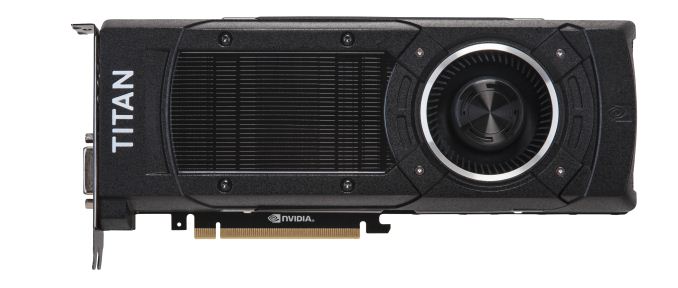
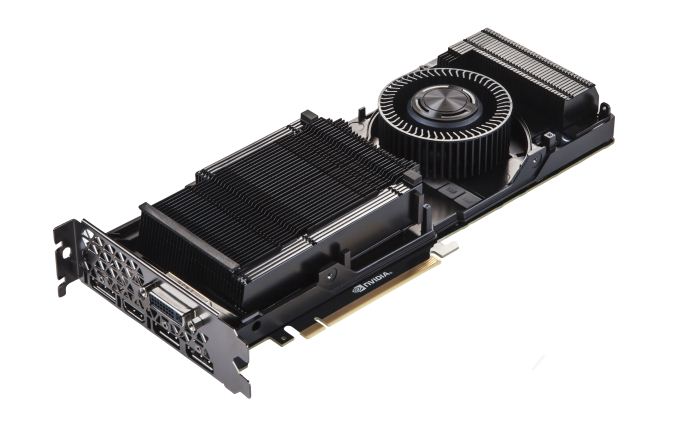
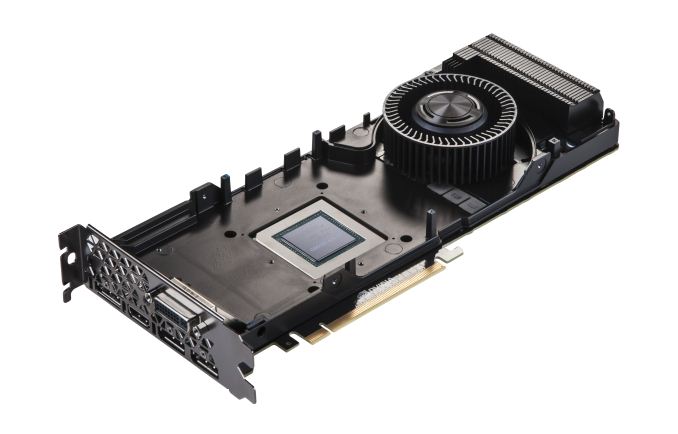
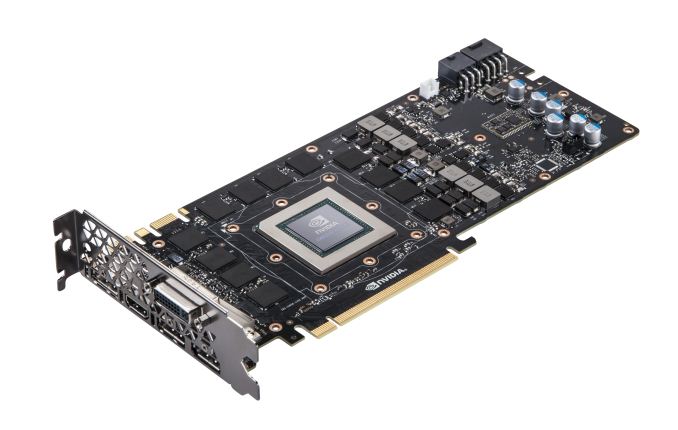
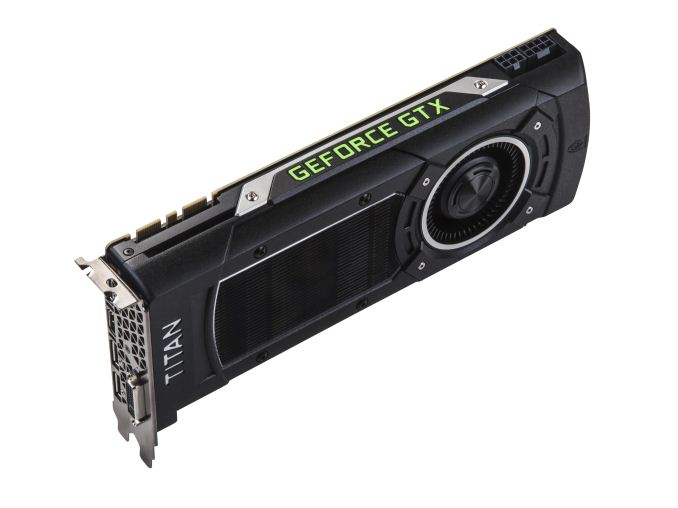
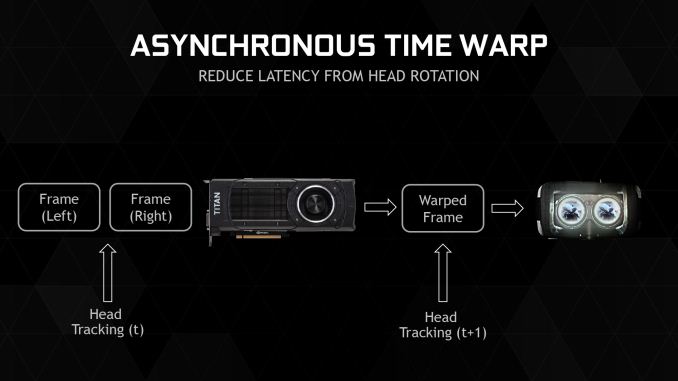








276 Comments
View All Comments
BurnItDwn - Wednesday, March 18, 2015 - link
So its like 50% faster vs a R9 290, but costs 3x as much ... awesome card, but expensive.uber_national - Thursday, March 19, 2015 - link
I think there's something strange going on in your benchmark if the 7990 is only 3 fps slower than the 295x2 in the 2560x1440 chart...Samus - Thursday, March 19, 2015 - link
"Unlike the GTX 980 then, for this reason NVIDIA is once again back to skipping the backplate, leaving the back side of the card bare just as with the previous GTX Titan cards."Don't you mean "again back to SHIPPING the backplate?"
I'm confused as the article doesn't show any pictures of the back of the card. Does it have a backplate or not?
xchaotic - Thursday, March 19, 2015 - link
Nope. A $999 card and it doesn't have a backplate. This is possibly due to easier cooling in SLI configsAntronman - Thursday, March 19, 2015 - link
It's a blower cooler. So everything goes out the side of the case, which can be desirable if you have cards right on top of each other as the airflow is unobstructed.It's just Nvidia. Unless you need PhysX, you're much better off waiting for the R300s.
Mikmike86 - Thursday, March 19, 2015 - link
Spring pricing is a bit off.R9 290x's go below $300 after rebates quite often now, Febuary I picked up a 290x for about $240 after rebate which was the lowest but have seen several at or below $300 without a rebate.
R9 290s run around $250 and have gone down to $200-$220 recently as a low.
970s have been hovering around $320 but have gone to $290-$300.
Otherwise the Titan X was more for marketing since the 290x (2yr old tech) claws at the 980 at 4k and the 970 falls on it's face at 4k.
This cards a beast don't get me wrong especially when it chases the 295x2 after overclocking, but when you can get a 295x2 for $600 after rebates a couples times a month it just doesn't make sense.
$800 and I could see these selling like hotcakes and they'd still pocket a solid chunk, probably just going to drop a 980ti in a few months after the 390x is released making these 2nd place cards like they did with the og Titans
I go back and forth between Nvidia and AMD but Nvidia has been extra sketchy recently with their drivers and of course the 970.
Refuge - Thursday, March 19, 2015 - link
I just dont' appreciate their price premiums.I've been a fan of Green Team since i was a young boy, but anymore I usually lean Red team.
Just not satisfied with what I'm paying over on the other side to be honest.
Yes when I'm on the Red side I don't always have the same peak performance as Green. But I had enough money afterwards to pay my car payment and take the old lady out to dinner still. ;)
sna1970 - Saturday, March 21, 2015 - link
Nvidia intentionaly made GTX 970 only 4G of ram ... why ? so no one use them in 4K for cheap SLI.I hate nvidia ways.
imagine 3x GTX 970 in SLI for only $900 (300 each)
or 2x GTX 970 , which will be slightly faster than Titan X for $600
but noooooooooo, nvidia will never allow 8G GTX 970 , keep it at 4G so people buy Titan X ...
disgusting . AMD wake up .. we need competition.
medi03 - Thursday, March 26, 2015 - link
There is R9 290x available for nearly half of 980's price, being only 5-15% slower. (and 300w vs 370w total power consumption, I'm sure you can live with it)There is R9 295x2 which handily beats Titan X in all performance benchmarks, with power consumption being the only donwside.
Railgun - Thursday, March 19, 2015 - link
@Ryan Smith. For future reviews, as you briefly touched on it with this one, especially at high resolutions, can you start providing how much VRAM is actually in use with each game? For cards such as this, I'd like to see whether 12GB is actually useful, or pointless at this point. Based on the review and some of the results, it's pointless at the moment, even at 4K.